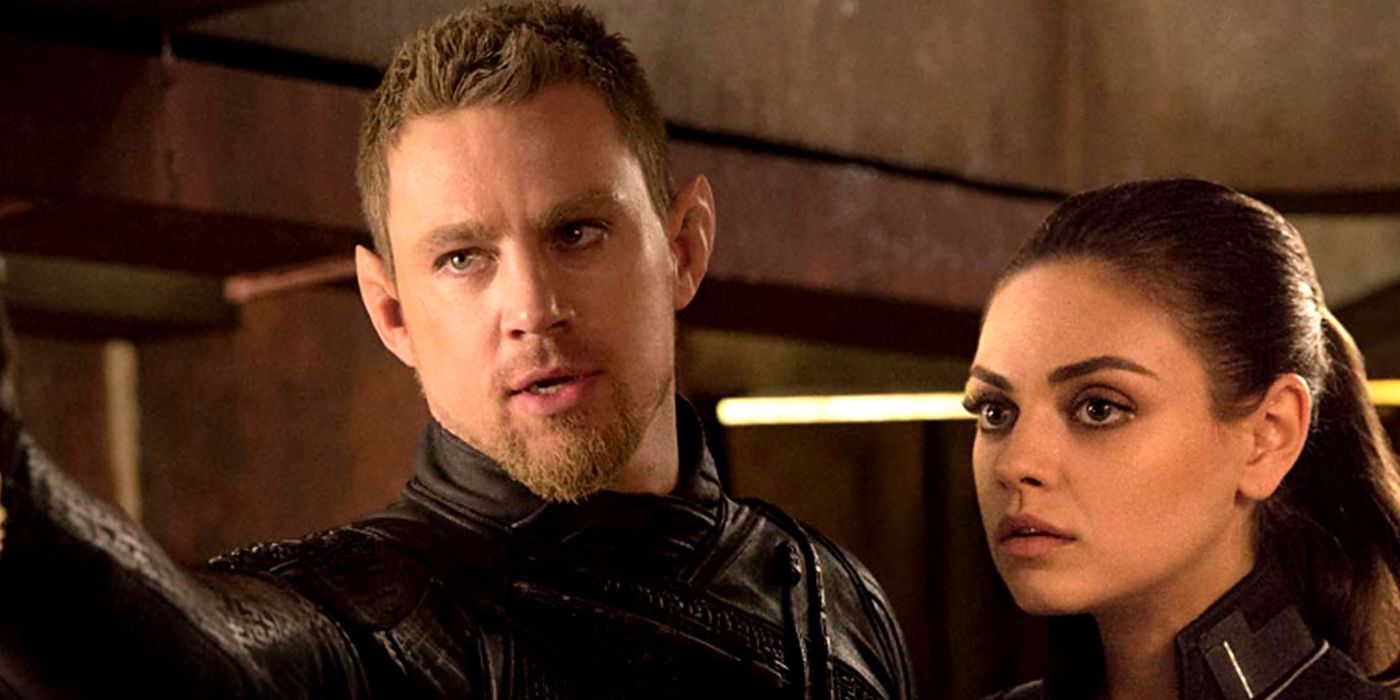But Peck is not just concerned with the past. Like his dynamic James Baldwin documentary “I Am Not Your Negro,” Peck is interested in how our past has come to inform our present. In “Exterminate All the Brutes,” he overlays images of the past over our present to find uncomfortable truths and the stories buried under hundreds of years of colonialism. In shots of gorgeous European architectural wonders that were made possible by brutalizing Black and brown subjects in far-flung colonies, Peck overlays photos of these people to obscure the obscene displays of wealth made possible by their exploitation. He traces back decade and century-long struggles between peoples to old shipping routes, the power over which determined the victor. It’s as if Peck’s taken the New York Times’ “1619 Project,” which centers the story of Black people in the U.S. and the ramifications of slavery, and stretched it to a global scale—with largely a focus on western civilization like Europe and its colonies—and a lens that also includes the plight of indigenous people on different continents.
However, using these ideas and tools to reexamine our history are not a recent invention. In both the series’ opening credits and throughout, Peck acknowledges the elders who taught him to question the official story and to look beyond the whitewashed version of what we think we know. He especially draws attention to the works of Sven Lindqvist, Michel-Rolph Trouillot, and Roxanne Dunbar-Ortiz. Some of those mentioned in the series he befriended, like Lindqvist, whose book gives the series its name and overall premise. But the personal anecdotes don’t stop with Peck’s version of a class reading list. He gets deeply personal about his own experiences and career. He has benefitted from traveling the world and affording a European education, and the experience has allowed him to see the results of past atrocities up close: when going to film school in Berlin and thinking about how Germany systemized the killing of Jews in the Holocaust just decades prior, losing friends in his home country of Haiti to CIA-backed militaries, traveling to Africa as a child and taking photos with statues honoring white conquerors, and profiling world leaders and watching them be betrayed or commit betrayal for the sake of power. These ruminations appear in line with world events, like when Peck switches from a scathing critique of modern-day world leaders to the inspiration behind his 2013 film “Murder in Pacot” and thinking about what drives oppressed people to take desperate actions.
Visually, “Exterminate All the Brutes” is just as powerful as Peck’s reading of semi-hidden chapters of history. With his deep, raspy voice, Peck leads audiences through one historic event after another, breaking down how the dehumanization of a perceived other led to their attempted destruction. He uses every tool in the documentary handbook to make history leap off the page, including animated sequences and historical recreations, which often have a metatextual component that compares the past to the present. One such device is the series’ use of Josh Hartnett, who appears in every episode as a white Everyman whose role changes depending on the story Peck is retelling. Hartnett morphs from an U.S. Army sergeant who exterminates members of a Seminole tribe in 19th century Florida in one scene to a colonizer in the Belgian Congo, taking advantage of his power to enact cruelty. He is the forefather of Charlottesville protestors with tiki torches and of the police whose professional lineage can be traced to slave catchers and who benefits from criminalizing others. Basically, he’s anyone who’s benefitted from a few genetic differences and refuses to see his part in the larger scheme of imperialism, colonization and racial oppression.
You can view the original article HERE.





























